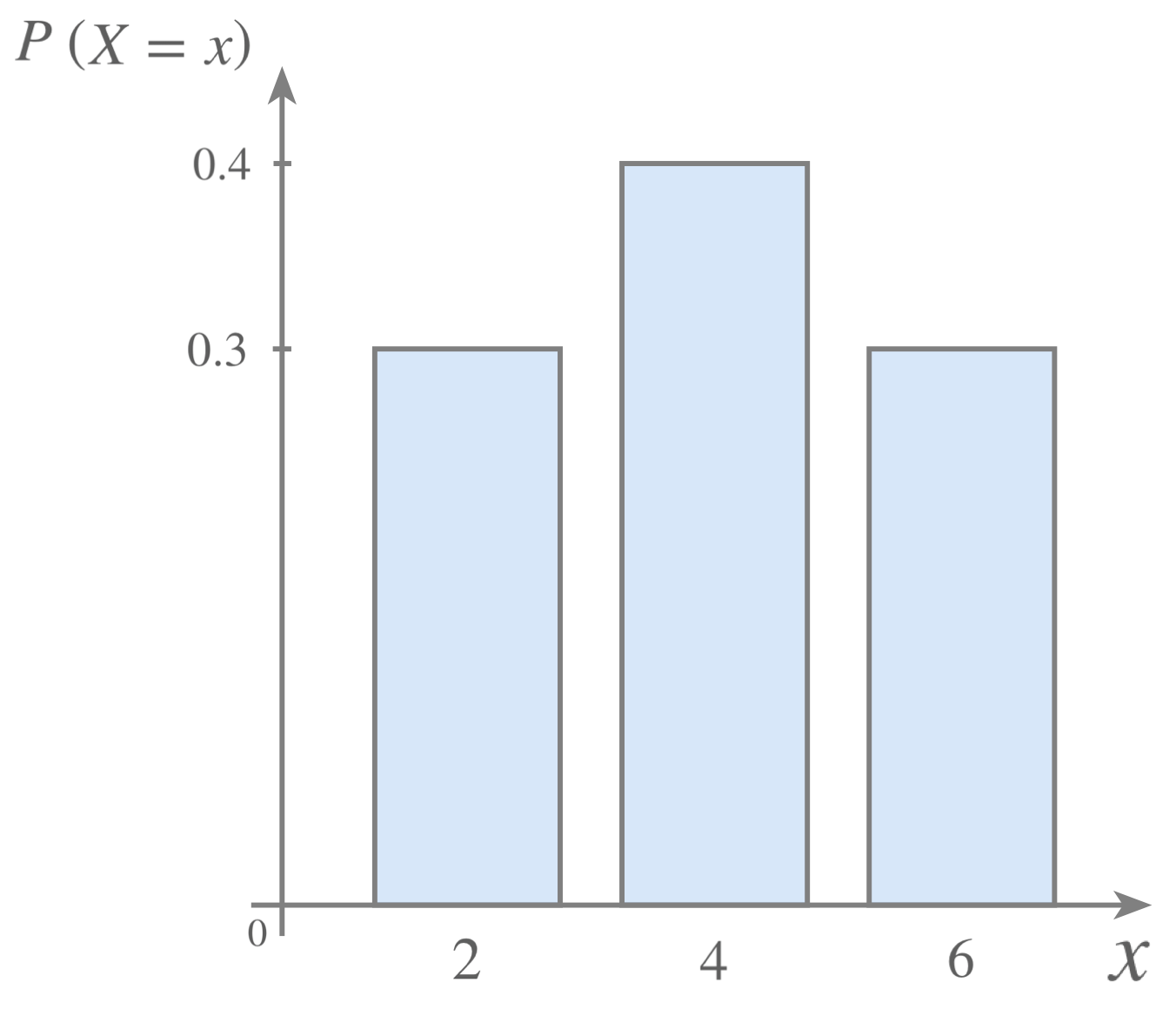
Since the standard deviation measures the spread of the distribution, and the sampling distribution is always packed tighter around the sampling mean, r x-bar < r. This is because the range of the sample means data is smaller than the range of the population sampled. The standard deviation of a sampling distribution of the means (called sigma x bar) is always less than the standard deviation of the parent population. The mean of a sampling distribution of the means (called mu x bar) is always equal to the mean of the parent population. The Mean & Standard Deviation of the Sampling Distribution of the Means (an option is to list the frequency of each mean: see part 3 of Practice question)

To display this distribution, we list the value of each sample mean x-bar and The Sampling Distribution of the Sample Meansĭefinition: The probability distribution of the sample meansĭerived from all possible samples of a given size from a given population. We then use this new distribution, The Sampling Distribution of the Sample Means, to find the mean of and an estimate for the standard deviation of the parent population. When we need information about the parameters of a population (especially a finite population) we collect many samples of a given size n from the population, then set up the probability distribution for the means of all our samples. By contrast we could compute P ( X - > 113 ) even without complete knowledge of the distribution of X because the Central Limit Theorem guarantees that X - is approximately normal.Sampling distr of mu The Sampling Distribution of the Means

We compute probabilities using Figure 12.2 "Cumulative Normal Probability" in the usual way, just being careful to use σ X - and not σ when we standardize: P ( 110 113 ) = P ( Z > 113 − μ X - σ X - ) = P ( Z > 113 − 112 5.65685 ) = P ( Z > 0.18 ) = 1 − P ( Z 113), we would not have been able to do so, since we do not know the distribution of X, but only that its mean is 112 and its standard deviation is 40. Since the sample size is at least 30, the Central Limit Theorem applies: X - is approximately normally distributed. Find the probability that X - assumes a value greater than 113.īy the formulas in the previous section μ X - = μ = 112 and σ X - = σ n = 40 50 = 5.65685.Find the probability that X - assumes a value between 110 and 114.Find the mean and standard deviation of X.Let X - be the mean of a random sample of size 50 drawn from a population with mean 112 and standard deviation 40. X -, the mean of the measurements in a sample of size n the distribution of X - is its sampling distribution, with mean μ X - = μ and standard deviation σ X - = σ / n.X, the measurement of a single element selected at random from the population the distribution of X is the distribution of the population, with mean the population mean μ and standard deviation the population standard deviation σ.But to use the result properly we must first realize that there are two separate random variables (and therefore two probability distributions) at play: The importance of the Central Limit Theorem is that it allows us to make probability statements about the sample mean, specifically in relation to its value in comparison to the population mean, as we will see in the examples.

Typically by the time the sample size is 30 the distribution of the sample mean is practically the same as a normal distribution. Regardless of the distribution of the population, as the sample size is increased the shape of the sampling distribution of the sample mean becomes increasingly bell-shaped, centered on the population mean. The dashed vertical lines in the figures locate the population mean. Figure 6.3 Distribution of Populations and Sample Means


 0 kommentar(er)
0 kommentar(er)
